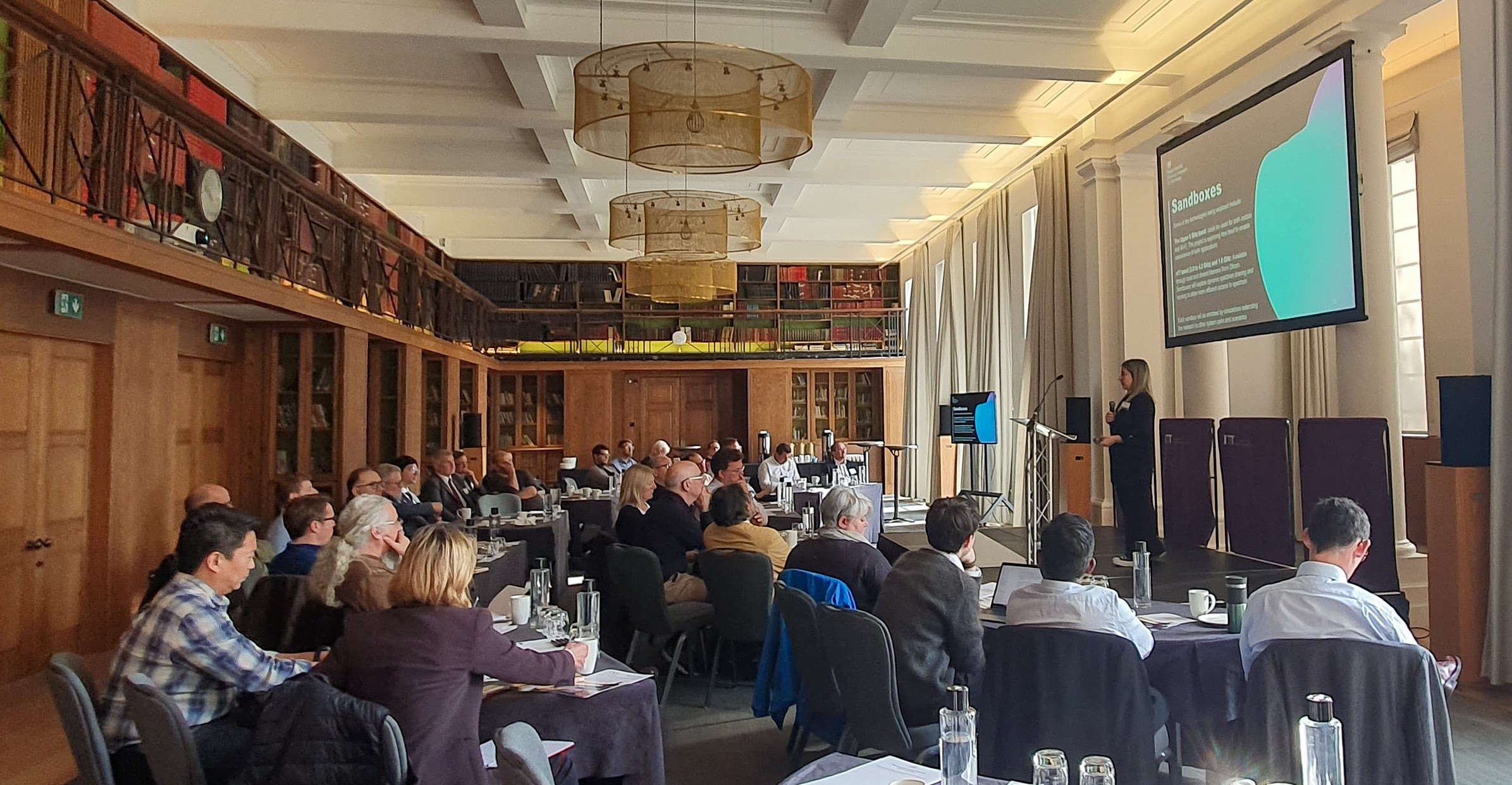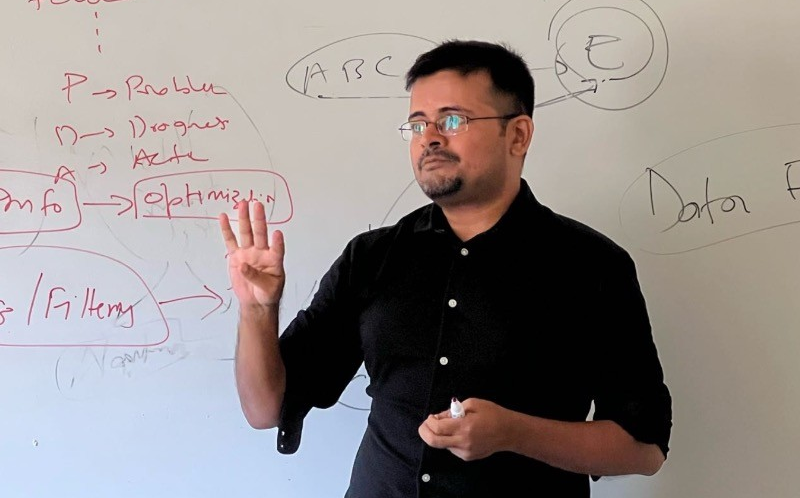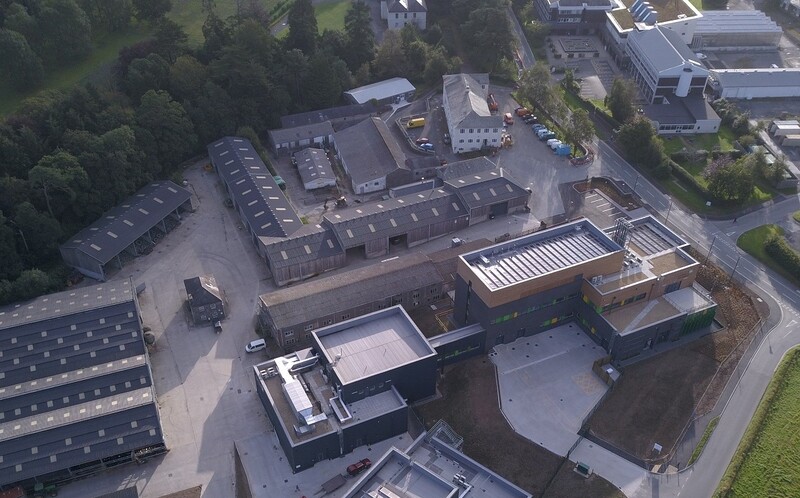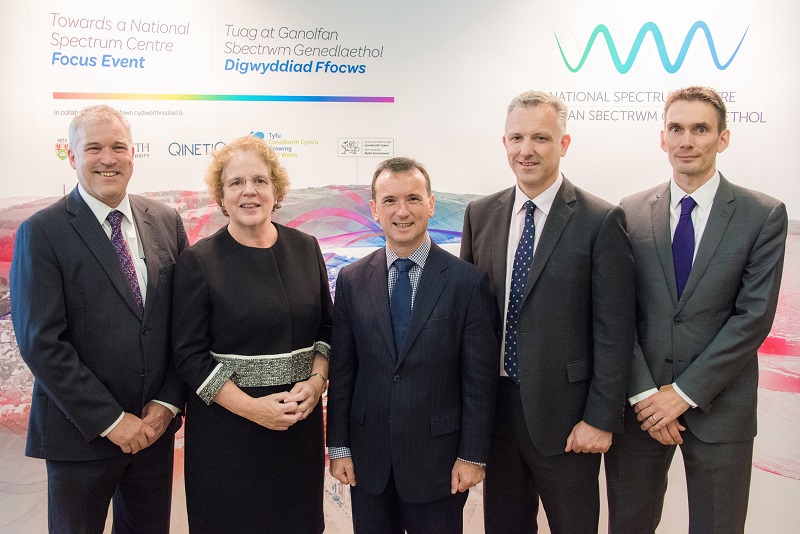News


NSC holds spectrum industry workshop in London
09 October 2024
Policymakers, regulators, businesses and academics came together in London on 4 October 2024 for the second in a series of industry interaction workshops organised by Aberystwyth University’s National Spectrum Centre (NSC). The aim of the event was to share the latest information about the NSC’s offering and how it can support the next generation of wireless technologies. It was also a valuable opportunity to engage with potential end-users and find out more about their future spectrum requirements.

Fresh focus for innovative University technology centre
05 July 2024
In a world increasingly reliant on wireless technologies – from smart phones to intelligent farming, autonomous vehicles, the Internet of Things, healthcare and much more – mid Wales could help meet the challenges of a new industrial revolution according to an internationally respected expert in the field of radio spectrum engineering.
Professor Amit Kumar Mishra, who joined the Aberystwyth University as Director of the National Spectrum Centre in March, believes the Centre’s work could transform connectivity in rural areas, creating high-quality jobs and support the next generation of digital technologies.

Plans for Spectrum Centre and Green Business Park take step forward
03 November 2022
Aberystwyth University has welcomed the news that two of its flagship projects have been given approval to proceed to the second stage of the multi-million-pound Mid Wales Growth Deal.
Following the announcement, further work will now be undertaken on the business cases for a National Spectrum Centre (NSC) and a Green Futures Innovation Park.

National Spectrum Centre could spur Mid Wales jobs boost
16 November 2020
The National Spectrum Centre could lead to the creation of more than 60 full-time, high-value jobs, according to an Economic Impact Assessment carried out by the Business School at Aberystwyth University in 2020.

Plans for a new national radio spectrum research centre to support fourth industrial revolution
18 September 2018
Welsh Secretary Alun Cairns MP delivered the keynote speech at a special focus event at Aberystwyth University on Tuesday 18 September 2018, convened to explore establishing a pioneering new UK innovation and research facility in Mid Wales.
Read the story in full on the University’s news website.
